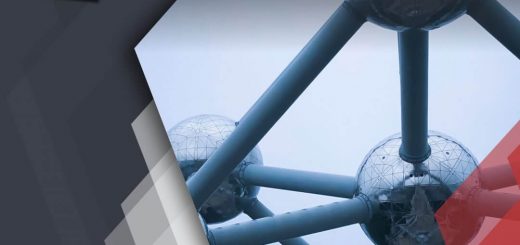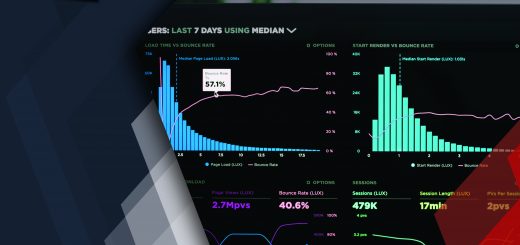Patent Licensing: Forms and Types
Patent licensing is one of the most important tools available in the toolbox of owners to generate revenue from their inventions. However, what we need to understand is that the whole process of searching potential licensee, convincing them to buy/license our patents is a long, dynamic and continuous process and thus it should be done prudently.
Before you take a plunge into the world of patent licensing, it is important to understand what a patent licensing is all about, its kinds and nature so that you avail maximum benefit out of your deal. This article is aimed at understanding patent licensing, its forms and utilization.
What is a patent licensing?
Patent licensing agreements are contracts in which the patent owner (the licensor) agrees to grant the licensee the right to make, use, sell, and/or import the claimed invention, usually in return for a royalty or other compensation.
Kinds of patent licensing
Exclusive patent licensing- With exclusive patent licensing the licensee gets a promise from the patent owner that the patent will not be licensed to anyone else in a stipulated field of use. With this, the owner of the patent transfers all indicia of ownership to the licensee except the title of “patent holder” to the buyer. With this, the patent owner surrenders all rights under the patent (including the right to sue for infringement and the right to license). Thus exclusive patent licensing can be regarded as the purest form of granting proprietorship to a third party.
Non-exclusive patent licensing- With a non-exclusive patent licensing agreement the patent owner promises not to sue the licensee for using the covered technology in the patent. Thus we can say is that with this the licensor gives assurance to the buyer not to sue them in case the buyer infringes their patent.
Process involved in patent licensing process
Licensing your invention is basically a Four Step Process:
- Locating Manufacturers
- Preparing Marketing Materials
- Submitting Marketing Material to Manufacturers
- Negotiating License with the buyer
Benefits of patent licensing
- The patent license allows to sharing costs and risk between the parties, where a company licenses the right to manufacture and sell products, the licensor receives revenues from that licensing but does not take the risk of manufacturing, promoting and selling those products.
- The patent license also helps with increasing market penetration, where an owner of an IP right, such as a patent right, may license another business to sell in territories that the owner cannot cover.
Putting simply, we can say is that patent licensing is one of the most effective tools available in the toolbox of inventors that they can use to generate revenue with their patent holdings. From manufacturer’s point of view also it is important to ensure that before using someone else’s patented technology it is important to purchase the license.




